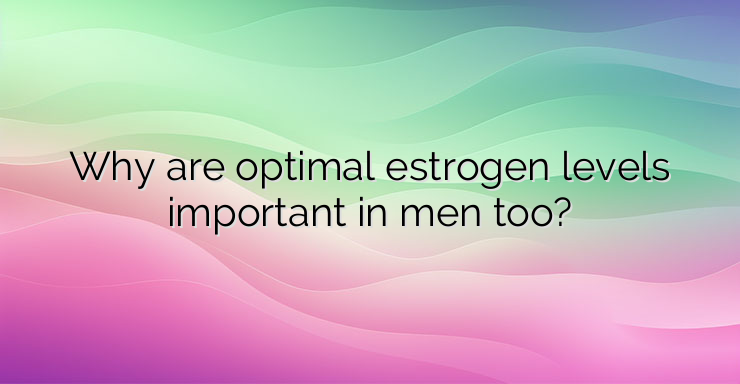As men age, levels of the hormones testosterone and estrogen can become imbalanced, potentially causing health problems. Medications called estrogen blockers are among the treatment options for low testosterone and higher estrogen levels. What is the importance of estrogen in men? Estrogen is often considered a female hormone because the ovaries produce most of it. However, men’s bodies also produce estrogen. About 20% of estrogen in men is synthesized by the testicles. The rest is produced by body fat, brain, skin and bones. Estrogen in the male body affects multiple functions, such as: Cognitive function; Maintaining a stable nervous system and emotional state; Maintaining bone strength; Prevention of the development of diseases of the cardiovascular system; Maintaining proper metabolism; Prevention of the development of muscle and organ hypoxia, even with heavy physical exertion; Maintaining the normal appearance of the skin; Sexual functioning in relation to libido (sex drive), erectile function and seminal fluid production. Testosterone usually decreases in the body as men age, which is called late-onset hypogonadism. Although the exact prevalence is uncertain, researchers estimate that up to 25% of men may experience a significant decline in testosterone with age. What are the symptoms of estrogen and testosterone imbalance in men? Changes in the ratio of estrogen and testosterone levels in a man’s body can in some cases lead to health problems. For example, in cases of late-onset hypogonadism, lower testosterone levels and an increase in androgens that are converted to estradiol are associated with a number of disorders, including: Infertility; Decreased sexual desire; Decreased muscle mass and energy; Erectile dysfunction; Hot flashes; Decreased size of testicles; Gynecomastia (increased breast growth); Low-energy fractures (when bone fractures occur due to a fall from a standing position or are received in domestic trauma). Excess aromatase syndrome is a rare genetic disorder that results in higher levels of estrogen. The condition can cause symptoms to develop in late childhood and affect some young men. In addition to breast growth, associated symptoms include: Faster than normal physical development that stops earlier than usual; Low height. References: 1. Cooke PS, Nanjappa MK, Ko C, Prins GS, Hess RA. Estrogens in male physiology 2. Schulster M, Bernie AM, Ramasamy R. The role of estradiol in male reproductive function 3. Surampudi PN, Wang C, Swerdloff R. Hypogonadism in the aging male diagnosis, potential benefits, and risks of testosterone replacement therapy


Leave a Reply